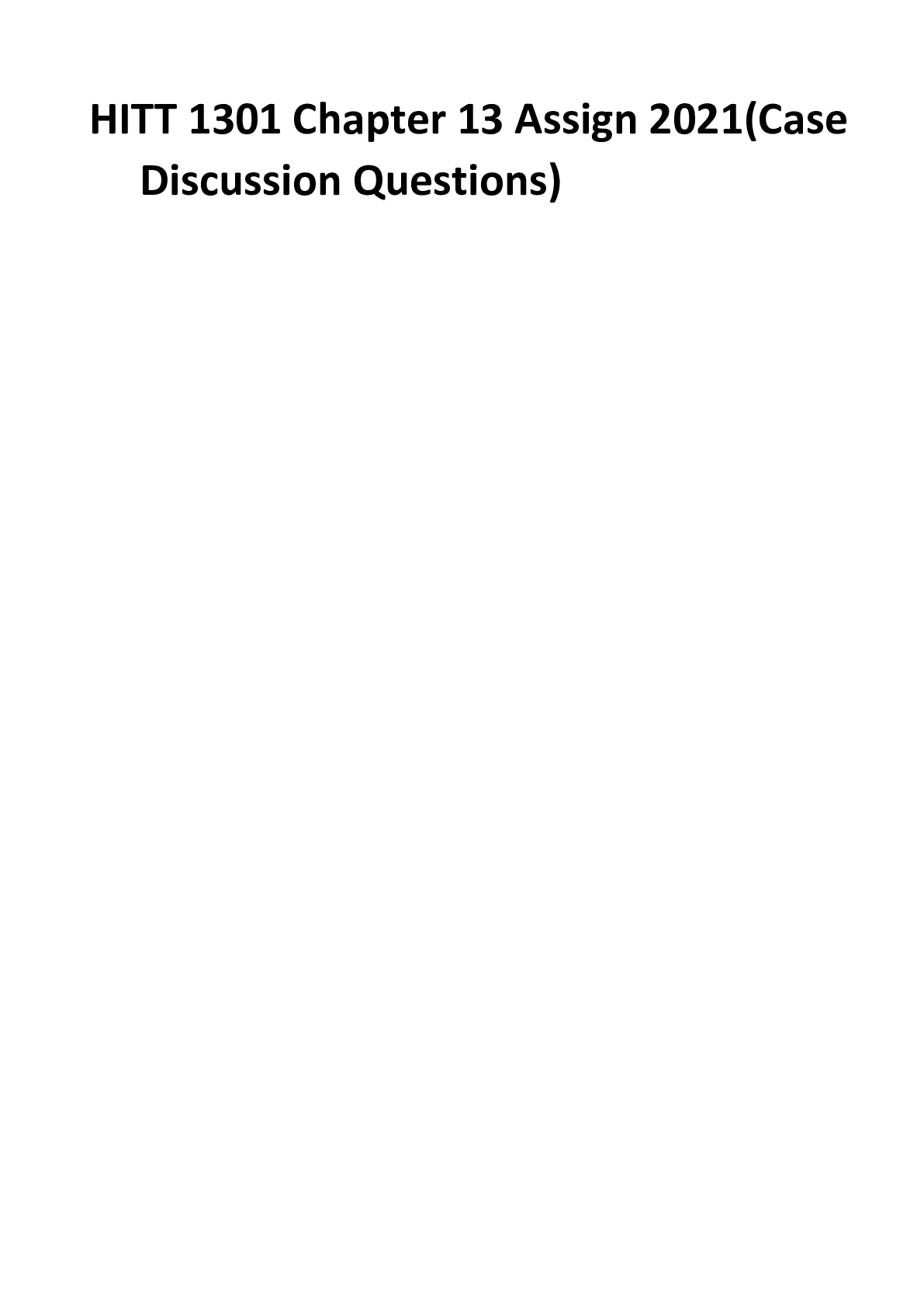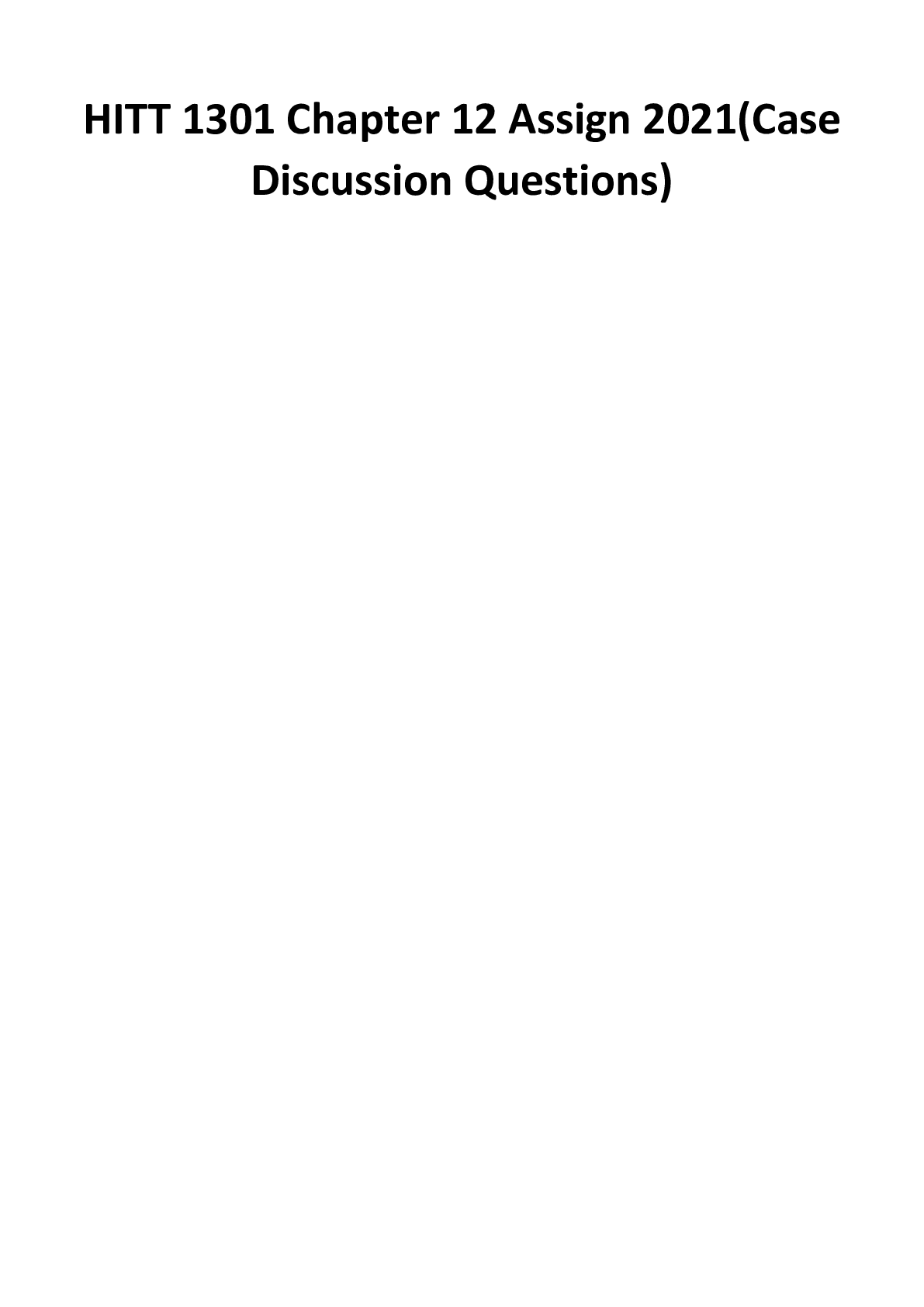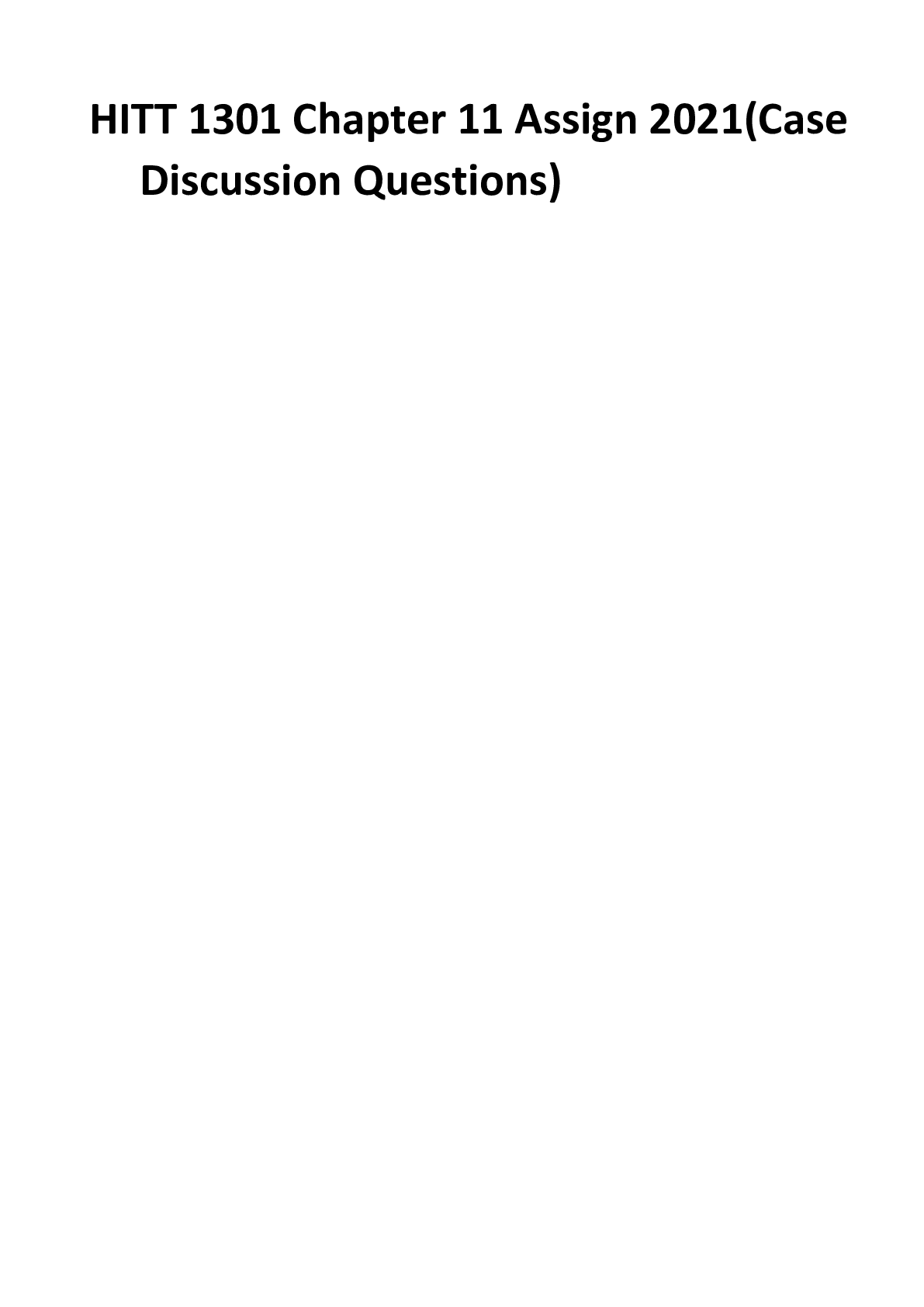Health Care > CASE STUDY > Burn Care Unit; Strategies to Reduce Operational and Labour Expenses (All)
Burn Care Unit; Strategies to Reduce Operational and Labour Expenses
Document Content and Description Below
Executive Summary Burn-Care Unit healthcare facility intends to reduce its expenditure especially in terms of operational and labor costs. The healthcare facility has an estimated target of $500, 00... 0 which it intends to reduce. Also, as part of sustainable healthcare delivery, the company intends to reduce nurses' strike due to various reasons which momentarily affect service delivery within the institution. This capstone project will focus on social entrepreneurship in healthcare as an alternative approach to reducing the operational and labor costs within the organization while still sustaining service delivery within the company. Social entrepreneurship refers to entrepreneurial innovative activities that are embedded to accomplish a social objective. In the past three decades, these activities have been on the rise attracting different scholars as well as increased attention from various sectors including medical centers. Various scholars have studied social entrepreneurship as an emerging investigative area within the entrepreneurial context but for non-profitability. This paper investigates the social entrepreneurship paradigm in the context of the Republic of the USA. A significant proportion of the Total Health Expenditure (THE) is mainly for personal care. The government has also increased its spending within the healthcare sector. there are three major flows of funding used within the US's healthcare system including the federal government which is the principal sponsor of all healthcare activities, the local governments in the USA and the private sector. The project purposes to utilize the canvas business model and the MRR approach in changing the healthcare dynamics of the Burn Care Unit. The healthcare kiosks are critical because they would necessitate the delivery of effective services. This is while the existing hospitals continue to offer treatment and healthcare services for acute illnesses. The application of this healthcare model will necessitate the effective and timely delivery of healthcare services. Seven important factors are contributing to poor access to healthcare service as well as increased expenditure at the Burn Care Unit. These factors can broadly be grouped in as governance-related issues those are supply chain management, healthcare service inequality, HRH scarcity, and governance within the DOH itself while rest three can further be divided into two subs grouped of which one is GIDA and another one underinvestment in the ICT and health financing. But, all these issues are merely symptoms of a problem not the causes of the poor access to healthcare facilities. The root causes such as corrupt practices among HRH and other service providers, poor and poorest of poor economic conditions of the people in these rural areas, decentralized delivery of healthcare services to Filipinos, lack of infrastructure & cost imbalance, limited penetration of healthcare and importantly band-aid fix mechanism of the previous interventions are inflating the problem of poor access to a much bigger scale. There has not been any single integrated approach adopted to address these issues from a much higher level of understandings hence lack of any such innovative approach has become a problem of itself. Secondly, all these factors are interlinked and reinforcing each other hence, any isolated effort to enhance the access will not be able to yield desired results. On another hand, it is a bigger issue from the targeted beneficiary’s side since there are heavy indirect costs (like transportation and opportunity cost) in carrying the patients to the nearest healthcare facilities upon knowing the worsening health of their patients. On top of the indirect costs there increasing expenses of the healthcare services and out of pocket (OOP) expenses are as high as BURN CARE UNIT 3 56% of the total healthcare expenditure at the healthcare institution. As per another estimate by the local non government organization (NGO) namely Health Future Foundation, Inc. (HFI) only 60% patients in the rural areas of Augusta, Georgia chose to resort on the either home remedies or to the locally available quacks for their illness while only rest 40% could manage to come to any nearest healthcare facilities when the ailment is already increased. There is a clear problem of poor access to healthcare facilities along with a supply of medicines at Burn Care Unit on one hand and on another hand, no one is winning and visibly no change in the status quo if some other innovations are not being made. In this report, I will be assisting Mr. Waden in the setting of strategic goals for the Burn Care Unit with one of the goals purposed at significantly reducing labor costs and operational expenses within a three-year financial period. Due to the prevailing harsh economic conditions, the medical facility is afraid of its revenues reducing and thus compromising the fate of the prostate cancer facility. After conducting a comprehensive financial statement analysis, this paper has offered recommendations on how the project can still be completed albeit the current economic conditions. Burn Care Unit contemporary and past financial health is an indication of whether the company’s strategic goals will be accomplished. This analysis is also essential in giving Burn Care Unit directions on how to appropriately allocate its limited resources. The financial position of Burn Care Unit as highlighted in its 1991 and 1996 financial year balance sheet is critical to the company’s strategic goals, resource distribution, as well as organizational performance, Burn Care Unit Medical Centre balance sheet is a critical factor of the financial report. It has reflected the actual financial position of the Burn Care Unit Medical Centre. Under the umbrella of the Burn Care Unit Medical Centre balance sheet, there are three critical indicators of analysis including the company’s shareholder equity, assets, and liabilities for the fiscal year 1993. Arguably, the report is not satisfying since it is not directly advantageous to the citizens who are the principal sponsors of the project through tax paying. The existing urgent after-hours arrangement only supports facilitates Providence of the incredibly stumpy value of Medicare which is not equivalent to the amount of taxes paid by United States citizens. The increase in MBS services does not correlate with an equal increase in the GDP standard's growth. For example, in the last three years, the MBS services have experienced an increase in numbers by 154% in contrast to a 26% increase in GP over the same period. Another finding from the report is that urgent after-hour services are only strenuous in the majority of United States urban areas. This approach means that the majority of the United States population especially those from the countryside cannot easily access the services. Additionally, they have to incur extra traveling charges to access the urgent after hour Medicare services. Further, the majority of these services are usually offered by United States MDS. As a result, it is clear that the provision of these services is not is only compelled by the admittance of new corporations into the market so to stimulate and enhance service Providence to clients through conveyance augmentation but not due to increased Medicare need. It is critical to note that the Burn Care Unit strategic goal of establishing a long-lasting strategy that will reduce the heavy labor and operational expenses. For the company to accomplish this goal, it must ensure that it is appropriately positioned in the market in an attempt of making strides towards differentiation, low-cost operation, niche markets, as well as other market distinctions within the healthcare industry. [Show More]
Last updated: 1 year ago
Preview 1 out of 50 pages
Instant download
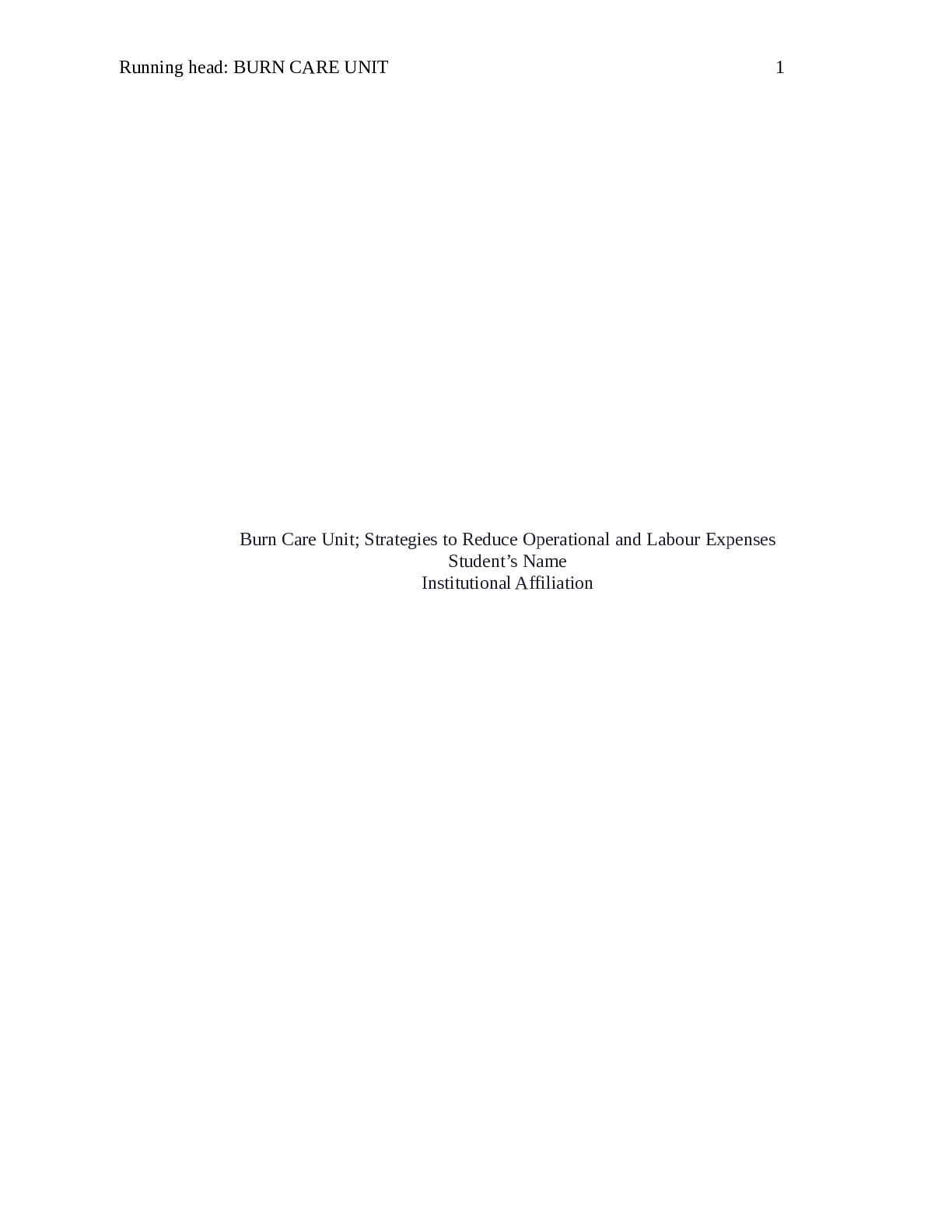
Buy this document to get the full access instantly
Instant Download Access after purchase
Add to cartInstant download
Also available in bundle (1)
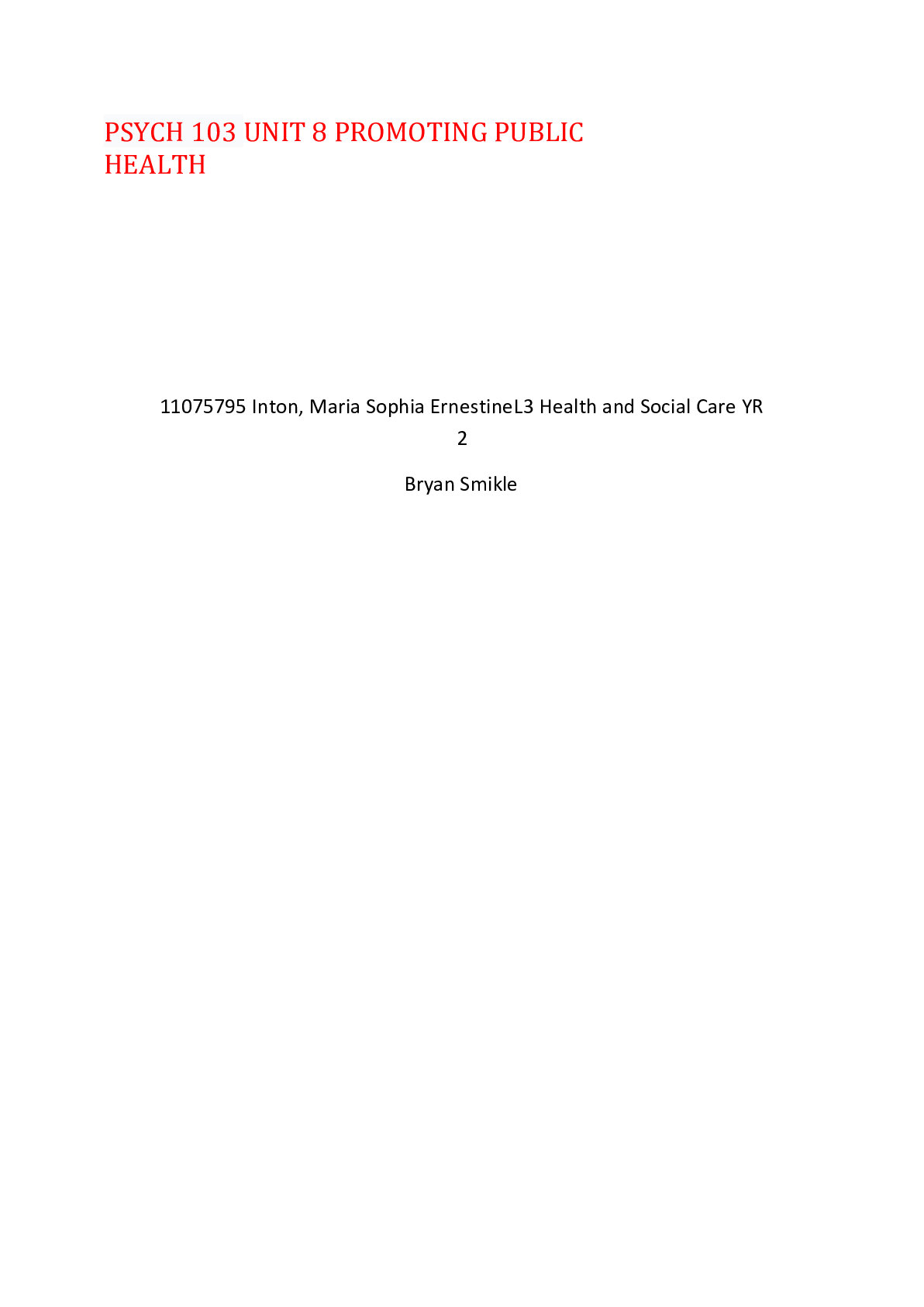
Principles of Safe Practice in Health and Social Care(Unit 14,Unit 12,UNIT 5,UNIT 7 )All Together
Principles of Safe Practice in Health and Social Care(Unit 14, Unit 12, UNIT 5, UNIT 7 )All Together
By Hannington 3 years ago
$22
5
Reviews( 0 )
Document information
Connected school, study & course
About the document
Uploaded On
May 03, 2021
Number of pages
50
Written in
Additional information
This document has been written for:
Uploaded
May 03, 2021
Downloads
0
Views
78




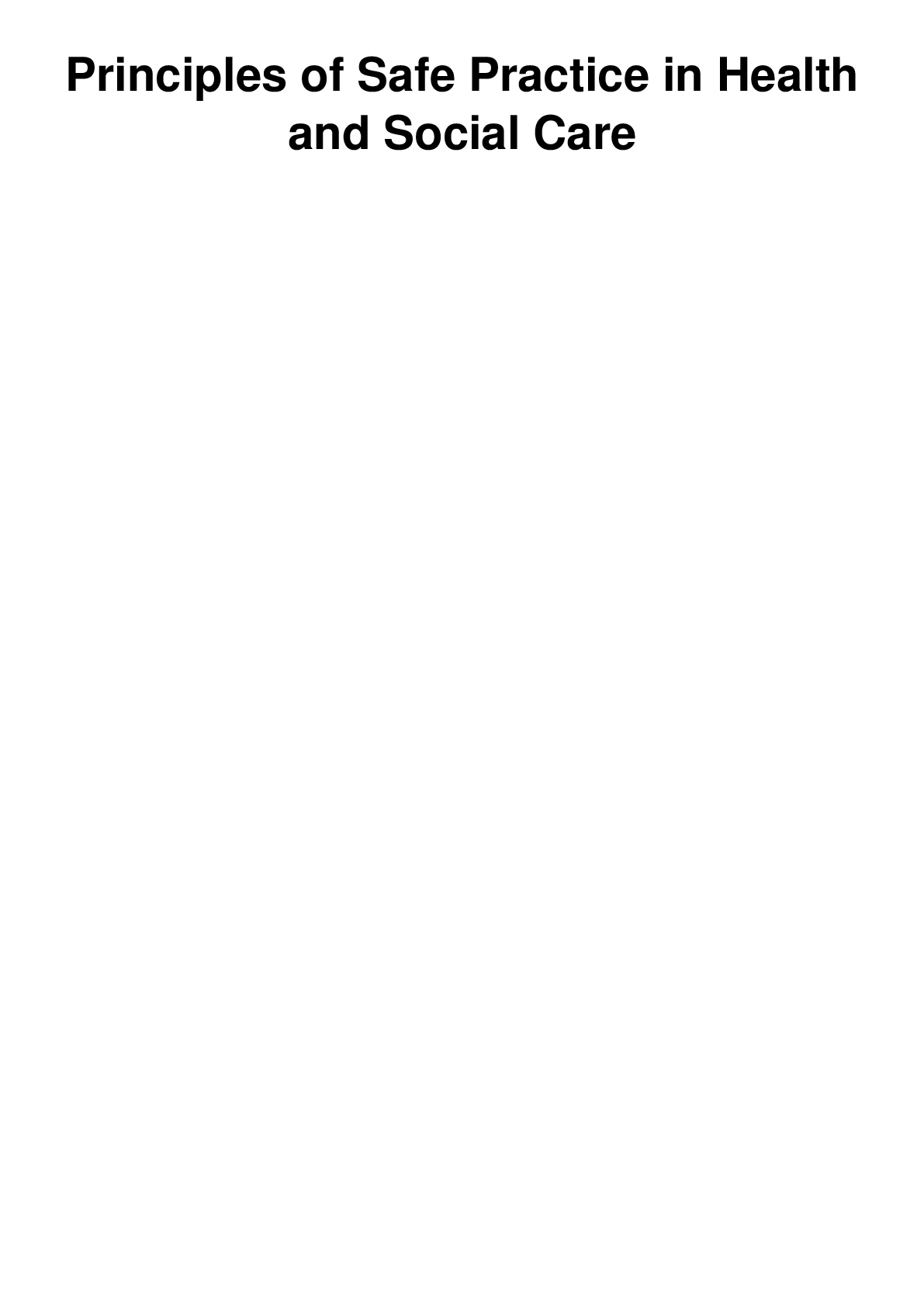
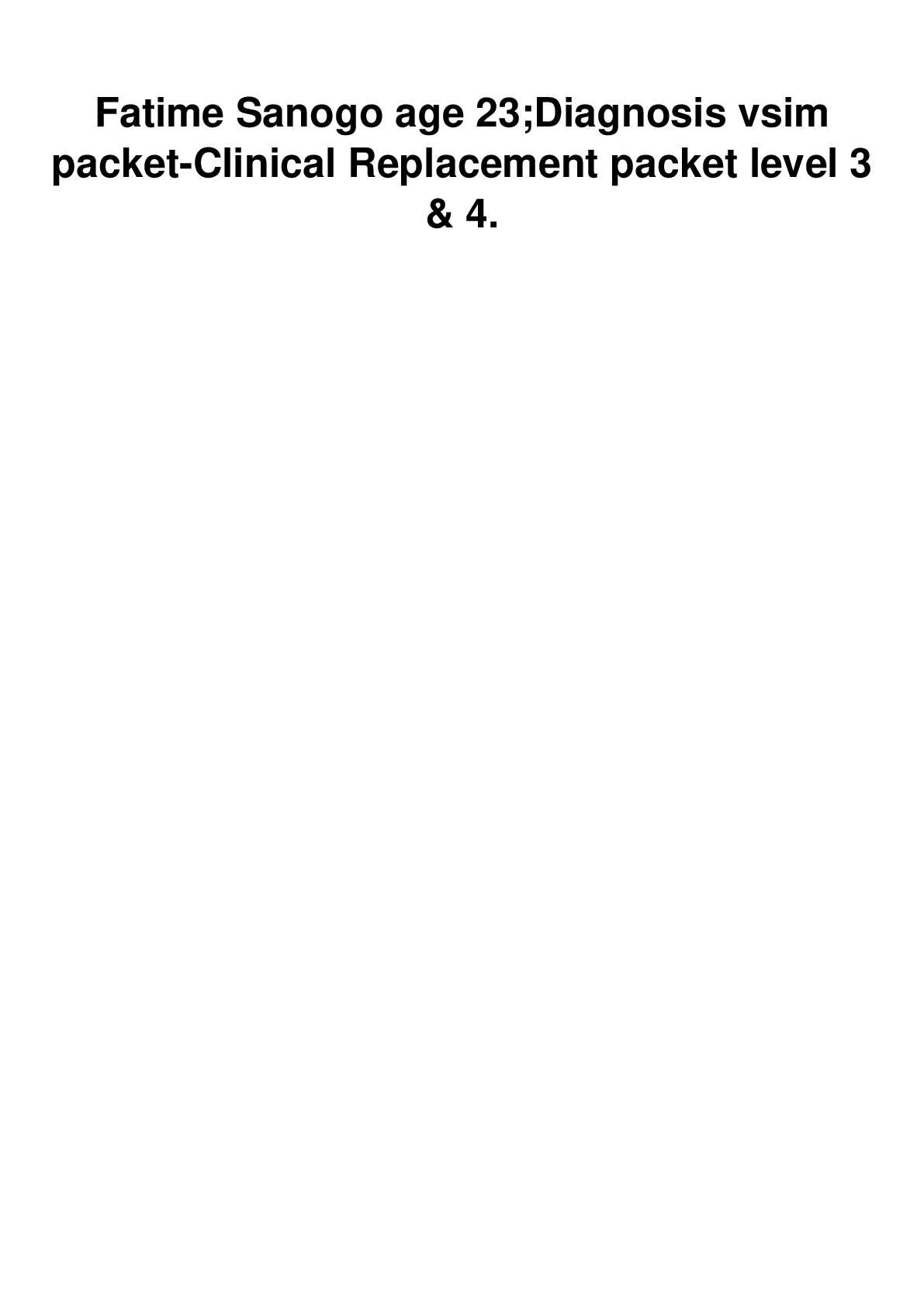

.png)
